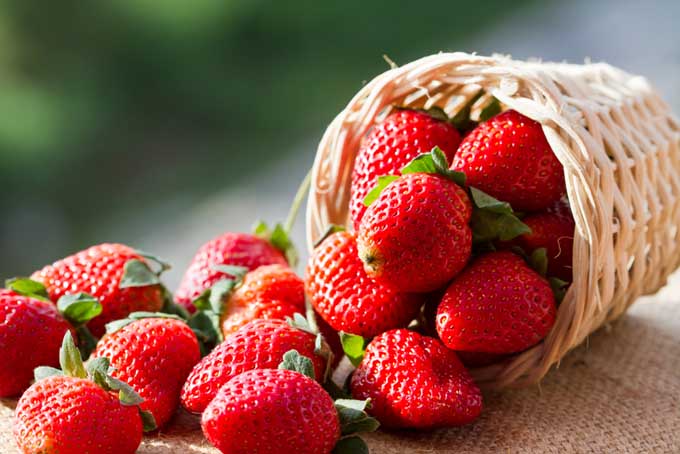



Article by: Hari Yellina (Orchard Tech)
Saying that many Aucklanders growers are frustrated by the weather might be an understatement. Summer’s had a staggered start in Auckland, and scattered showers at the start of December have made growing the fruit a challenge for local farms. Anthony Rakich, a grower in Kumeū lost as much as 60 per cent in crops, after the humid start to the season. “I’ve seen growers even worse off than me, but from Monday we’ve been down,” said Rakich. “The humid weather from a few weeks ago ripened all the green fruit far too quickly – we picked it all off, and it was just rotting. We’d had a lull of fruit anyway, but with the rain, we got after that – the humidity set off the rot.”
The weather hadn’t been ideal for farmers before the early December rains. Since the start of October, wet weather has hampered growers’ chances of cultivating the fruit. The weather also hadn’t been ideal for farmers before the early December rains. Rakich said since the start of October, wet weather has hampered growers’ chances of cultivating the fruit. The only growers who could escape the impacts of weather were those fortunate enough to have tunnel houses in place, which protect strawberries from the elements.
Strawberries are grown in Australia throughout the year, with production in subtropical regions from May to October, and in temperate regions from October to June. In temperate regions, the varieties grown are predominantly from California in the United States, with some Australian-bred varieties. Strawberries are, in most cases, a cool-weather plant. In most places, that means planting from April to May, or from mid-to-late spring. In temperate Australia, the best time to plant it would be in spring or autumn, when the weather is much more favourable.
Strawberry yields have increased as a result of research worldwide into plant health and the selection of improved varieties. Irrigation and fertigation technology has been developed to enable precise delivery. The use of integrated pest management is becoming more common, although major challenges remain, both with existing pests and potential pests capable of entering Australia in the future. Picking labour cost remains a major issue, as mechanical harvesting is not an option for strawberry fruit.
Many predict that there will be a “marketing push” towards sustainable and low-chemical production systems in the future. Whilst some technological advances have minimised the impact of strawberry production on the environment, there is scope to develop these further. Environmental Management Systems provide potential market barriers as well as opportunities for strawberry trade in the future. There is also a need to better understand the maintenance of soil health and fertility, including replanting problems and long term structural or nutrient decline. External environmental issues such as water quality (e.g. salinity) and climate change may also impact strawberry production in the medium to long term.